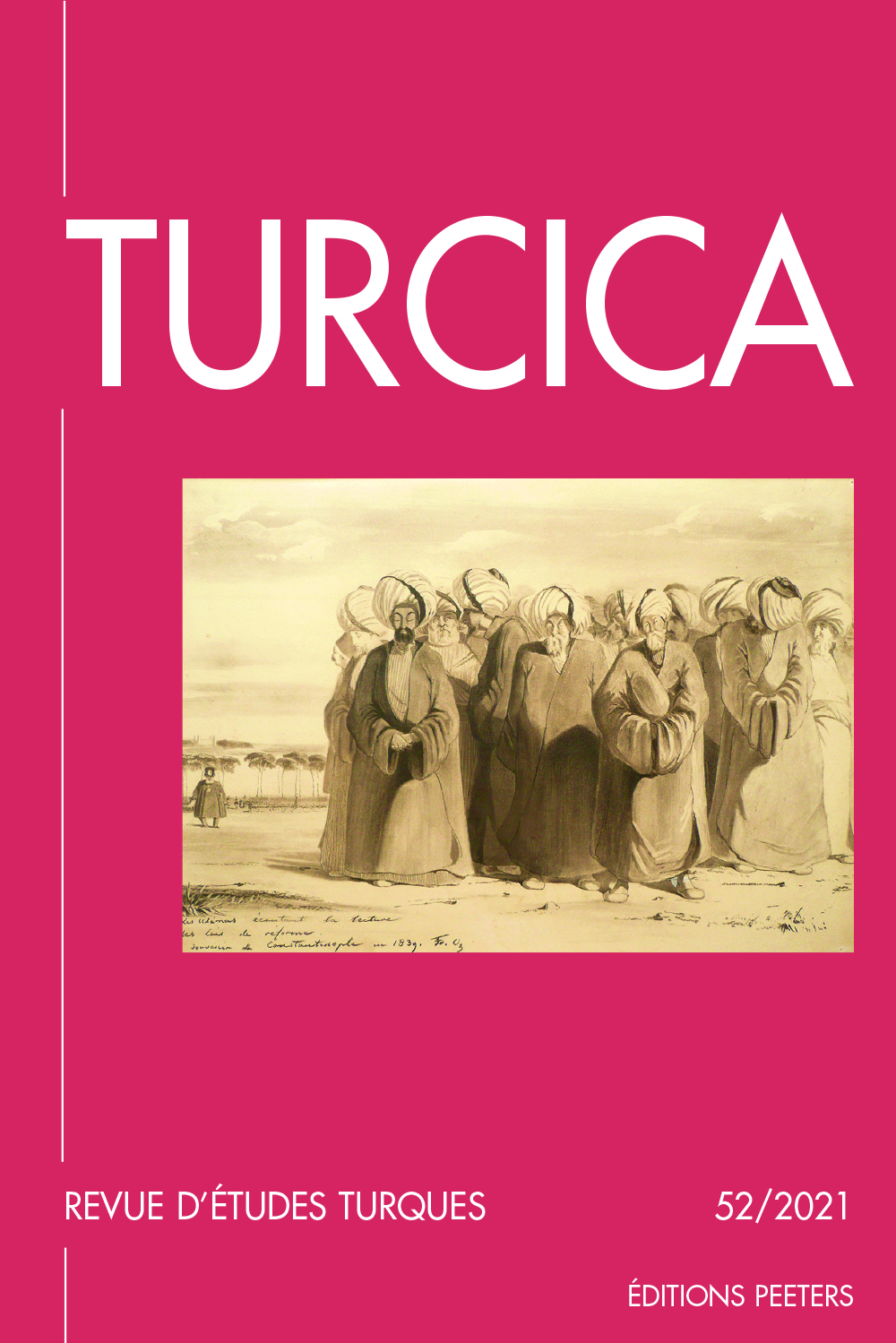 previous article in this issue previous article in this issue | next article in this issue  |

|
Document Details : Title: État de la recherche archéologique concernant la période ottomane en Bulgarie Author(s): GUIONOVA, Guergana Journal: Turcica Volume: 37 Date: 2005 Pages: 267-279 DOI: 10.2143/TURC.37.0.2011707 Abstract : Les débuts et l’évolution de l’archéologie concernant la période ottomane en Bulgarie sont corrélatifs à l’accumulation de connaissances sur les sources écrites et l’ethnographie. En revanche, certaines données ont longtemps freiné son développement: la proximité chronologique, le vécu historique, le manque de parallèles bibliographiques et le contexte économique défavorable du passé proche. Toutefois, depuis les années trente, l’historiographie bulgare présente de façon systématique les résultats des recherches archéologiques. Au départ, l’accent est mis sur l’architecture, plus particulièrement les mosquées, puis sur les nécropoles, les lieux de culte et, par conséquent, sur la culture matérielle. La céramique est l’objet de nombreuses recherches et études de synthèse. De façon générale, les différentes structures, la numismatique et le mobilier tardifs sont davantage présents dans les rapports de fouilles, la réalité stratigraphique préoccupe de plus en plus de chercheurs. Par tradition, l’analyse stylistique prime lors de la considération de l’héritage matériel en raison de la quête de son caractère national. Des observations d’ordre technique seraient donc profitables pour l’avenir de la recherche archéologique sur l’époque ottomane en Bulgarie, ainsi que des études de synthèse basées sur l’accumulation des connaissances. Present State of Bulgarian Archaeological Researches concerning the Ottoman Period The first Bulgarian archaeological researches concerning the Ottoman period and their development proceed along with the increasing knowledge of written sources and ethnology. This development however has been restrained for a long time by different factors∞: the chronological proximity of the said period, the mentality induced by the historical actual experience, the lack of bibliographical parallels, and the unfavourable economical context of the near past. However starting about 1930, Bulgarian historiography offers a systematic presentation of archaeological researches beginning with architecture, specially mosques, then necropolis, places of worship, and therefore material culture. Many researches and synthetic studies concern ceramics. As a rule, these past ten or twenty years, the different structures, numismatics, and late material are more and more often quoted in excavations reports, more and more research workers are concerned with stratigraphic reality. Traditionally, stylistic analysis takes the lead when a material discovery is concerned because of the quest for its national character. Technological observations would therefore be useful for the future of Ottoman archaeological researches in Bulgaria, as well as synthetic studies based on the actual accumulation of existent knowledge. |
 |
